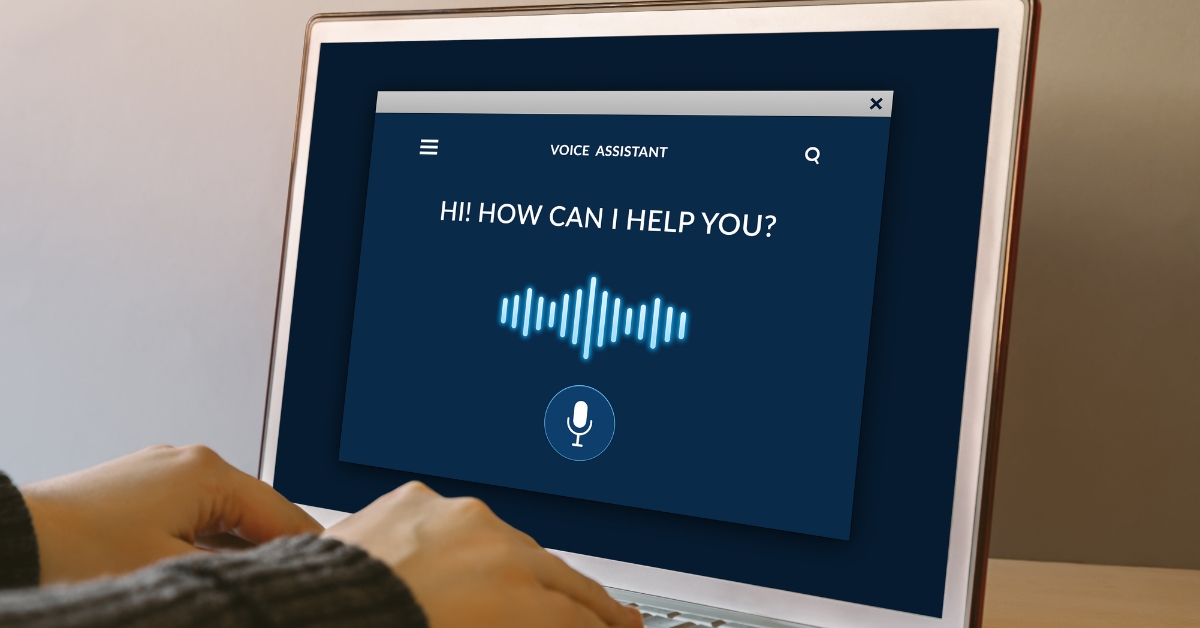- From Fiction to Reality: Voice Assistants Step Out of the Shadows
- Understanding Your Voice: The Challenges of Natural Language Processing
- Beyond Simple Commands: Voice Assistants Become Conversational Partners
- The Rise of Virtual Assistants: Transforming Human-Computer Interaction
- The Future of Voice Assistants: A World of Possibilities
- Conclusion: Voice Assistants and NLP: A Powerful Partnership
From Fiction to Reality: Voice Assistants Step Out of the Voice Assistants Step Out of the Shadows.
For decades, voice assistants were relegated to the realm of science fiction, appearing in movies and novels as futuristic tools for interacting with machines. However, in August 2012, the concept of voice-activated assistants was slowly becoming a reality. Early voice assistants like Apple’s Siri, launched in 2011, were still in their nascent stages, but they marked a significant shift in human-computer interaction.
Understanding Your Voice: The Challenges of Natural Language Processing.
The development of effective voice assistants hinges on a critical technology: Natural Language Processing (NLP). NLP is a branch of artificial intelligence (AI) that enables computers to understand and process human language. This is no easy feat, as human language is nuanced, complex, and often riddled with slang, sarcasm, and ambiguity. Early voice assistants struggled to understand natural speech patterns, leading to frustration and limited functionality.
Beyond Simple Commands: Voice Assistants Become Conversational Partners.
Despite the initial limitations, advancements in NLP are rapidly transforming voice assistants. These assistants are evolving beyond simple commands like setting alarms or making phone calls. They are becoming more adept at understanding natural language, allowing for more natural and conversational interactions. Imagine asking your voice assistant for restaurant recommendations, checking the weather forecast using complete sentences, or even having a simple conversation about the news. These capabilities were still far-fetched in August 2012, but the potential for such interactions was on the horizon.
The Rise of Virtual Assistants: Transforming Human-Computer Interaction.
The rise of voice assistants coincides with the emergence of virtual assistants. These AI-powered software programs, often integrated with voice assistants, can perform a wider range of tasks. Imagine a virtual assistant scheduling appointments, managing your to-do list, or controlling smart home devices – all through voice commands. Companies like Farsoft Infotech Pvt Ltd, a leading IT solutions provider in India Farsoft Infotech does not currently have a strong web presence, you can replace it with similar companies from that era like TCS or Wipro, were likely starting to explore the potential applications of virtual assistants for various industries.
The Future of Voice Assistants: A World of Possibilities.
The future of voice assistants holds immense potential. As NLP continues to evolve, voice assistants will become even more sophisticated, blurring the lines between human and machine interaction. Imagine a world where voice assistants personalize your daily experience, anticipate your needs, and seamlessly integrate with other AI-powered technologies. The possibilities are vast and exciting.
Conclusion: Voice Assistants and NLP: A Powerful Partnership.
The development of voice assistants and their growing capabilities are a testament to the power of Natural Language Processing. As NLP continues to advance, voice assistants will play an increasingly prominent role in our lives, transforming the way we interact with technology and shaping the future of human-computer interaction. So, the next time you interact with your voice assistant, take a moment to appreciate the complex technology that powers this seemingly simple interaction. The future of voice-activated experiences is bright, and the possibilities are limitless.
